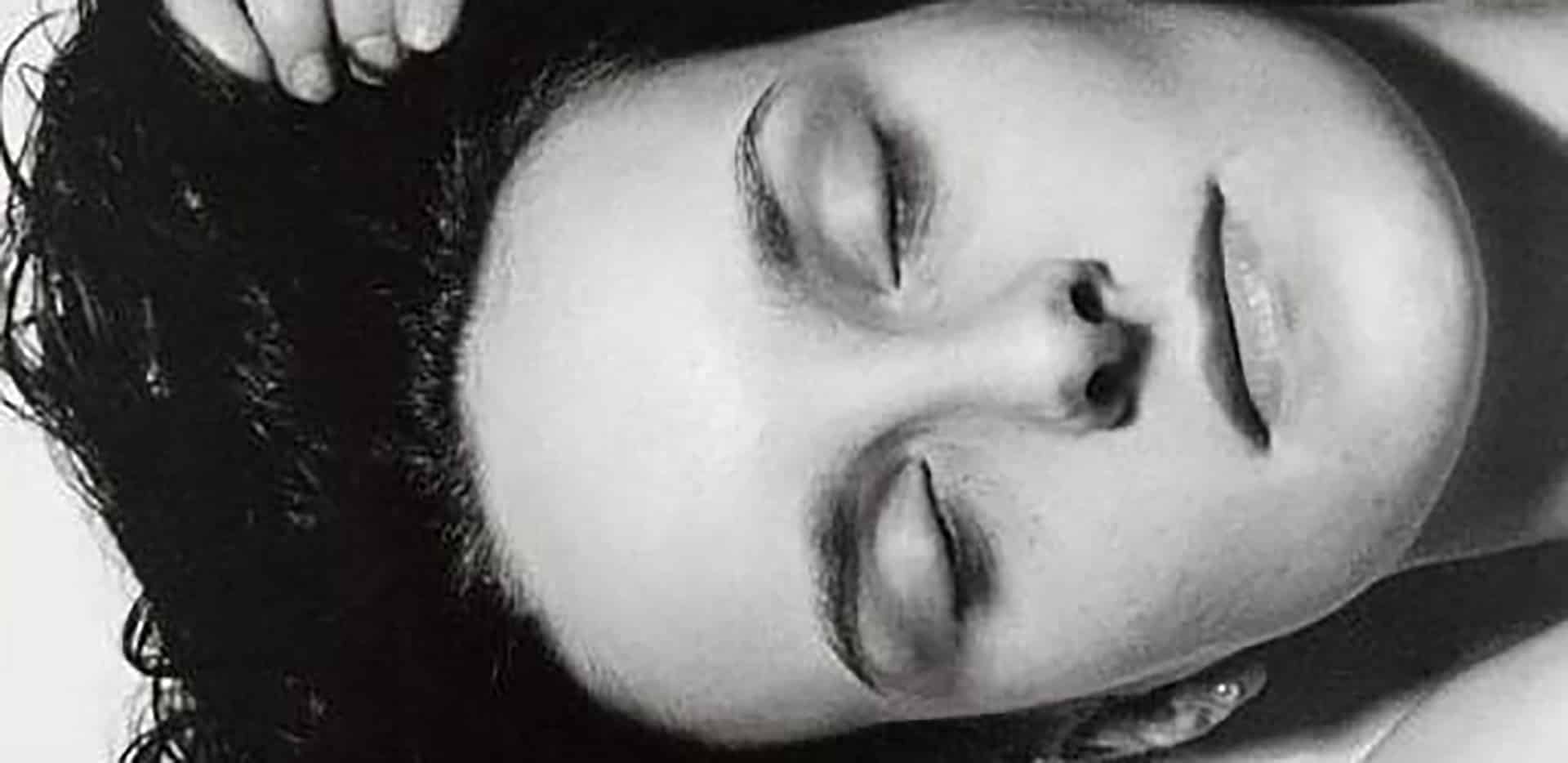During the Rencontres de la Photographie d’Arles four book prizes are awarded, three of which by the Rencontres team: the Author Book Award, the Historical Book Award, and the Photo Text Award. The fourth, Luma Foundation’s famous Dummy Book Award, recognizes an original, unpublished artist’s book.

You’re getting blind.
Don’t miss the best of visual arts. Subscribe for $9 per month or $108 $90 per year.
Already suscribed ?


